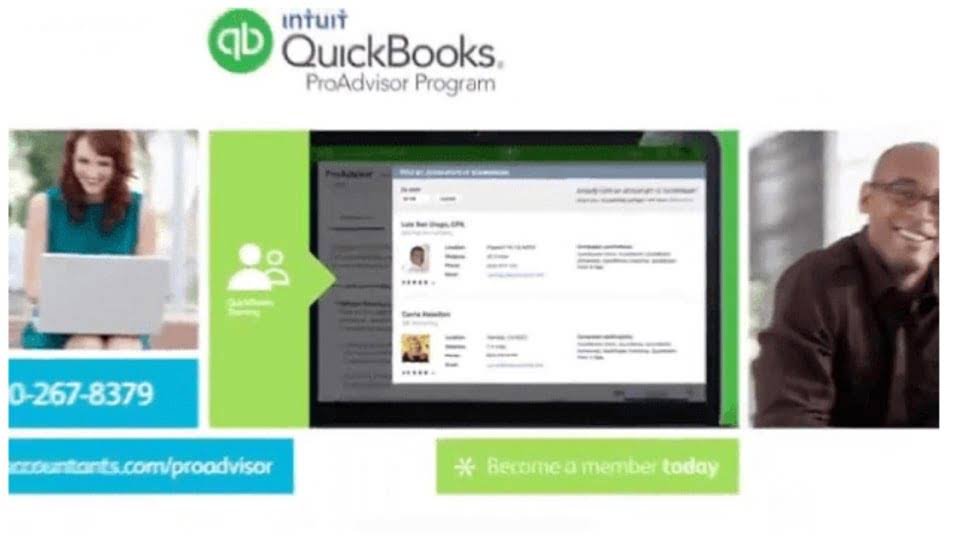This involves establishing uniform data formats, definitions, and structures to facilitate seamless integration and analysis. For instance, standardizing date formats to ISO 8601 can eliminate discrepancies in financial reporting. A key example of where this debate has been at the forefront is coverage for proton beam therapy.
What Is Vendor Onboarding and Master Data Management?
Handling supplier master data helps a company leverage competitively in a business. Effectively, this allows them to recognize opportunities that can further help the growth of their company. Supplier Master Data Management is a foundational element of successful procurement and supply chain operations.
Establish Strong Security Policies
A clean, reliable and common dataset for all vendors enables you to make better sourcing decisions and eliminates fraud, fines and errors. adjusting entries Vendor master file, if handled properly can help with lots of accounts payable responsibilities. This includes new procedures to verify data, both when it initially is entered and andy time it is updated. Advanced encryption techniques are critical for securing data both in transit and at rest. Technologies such as Secure Socket Layer (SSL) for data transmission and Advanced Encryption Standard (AES) for stored data mitigate risks of breaches. Regular security audits and penetration testing further strengthen the organization’s cybersecurity posture.
Streamlined Invoice Processing
This must not be confused with Supplier Management, as the latter focuses on supplier acquisition. Instead, SMDM ensures that all the procurement data regarding your suppliers remains documented, accurate, and up to date. Supplier Master Data Management (SMDM) is a critical aspect of modern business operations, ensuring that companies can efficiently and effectively manage information related to their suppliers. This guide delves into what SMDM is, its benefits, challenges, best practices for implementation, and its future outlook. Effective master data management (MDM) is a hallmark of growing businesses — poor data quality is no longer sustainable.
Company Information
Supplier Master Data Management (SMDM), often also referred to as Supplier Information Management (SIM), is essential and goes beyond simply maintaining accurate vendor data. It allows the business to use data to answer important questions and influence other parts of the organization due to the insight it provides. This differs from supplier management which relates to identifying, qualifying, acquiring, onboarding and managing suppliers who are essential for the operation of a business. “Ensure vendor master data management that any failures on the part of your vendor’s systems or processes do not significantly impact your organization’s (or your clients’) business processes or revenue streams,” Blokdyk stresses. Offshore outsourcing occurs when a company abroad provides you with products or services.
- Expectation mismatches and uncertain volume requirements can easily to lead clouded judgements.
- These tools allow procurement professionals to exchange updates on inventory levels, shipment schedules, and product specifications instantly, which ensures that all parties stay informed and aligned.
- These factors allow the business to operate consistently, meeting customer demands while maintaining cost-efficiency.
- This involves establishing uniform data formats, definitions, and structures to facilitate seamless integration and analysis.
- Even the most agile IT teams struggle with the intricacies and upkeep required for a truly optimal vendor master.
- Due to the inherent nature of their working relationships, these relationships can get complex, with one supplier delivering their products or services to multiple plants or cost centres across the world.
You’ll learn about the latest best practices directly from customers, industry analysts and Informatica product experts. Now that we’ve examined the eight key factors of master data governance, let’s look at some best practices you can implement for each of the factors discussed above. Too often, when companies use traditional multidomain MDM toolkits to support vendor data, the required time investment causes organizations to cut corners or ultimately abandon their MDM endeavors.
- Before you bring in vendor data, you’ll want to clean and verify it to ensure it’s error-free.
- If you are having trouble handling a ton of supplier information and adhering to compliance standards, get in touch with Bedrock.
- Large companies with multiple production facilities, diverse line of products and complex manufacturing systems frequently work with several third party vendors globally for a whole plethora of requirements.
- You want a modern MDM solution that complements your current technology stack through RESTful APIs and robust integration.
- Health insurance companies often rely on third-party vendors to perform functions related to utilization management, preauthorization or claim audits.
Changes could be initiated internally or externally by the supplier or vendor through Partnership Accounting a portal. When teams have clarity into the work getting done, there’s no telling how much more they can accomplish in the same amount of time. Optimal customer service is vital to your bottom line because it increases customer loyalty and customer spend.
Meanwhile, an MDM program provides detailed information needed by different departments. In the last five years, the energy giant has acquired eleven new businesses, so as you can imagine, master vendor data management became quite the task for their Accounts Payable team. Jeff Santos, Accounts Payable Analyst at Energy Transfer shares how Xelix’s automated solution for master vendor cleansing has helped the team gain back control over their ever-growing vendor database. Next, ensure that your vendor master file management adheres to all relevant compliance standards and regulatory requirements.




